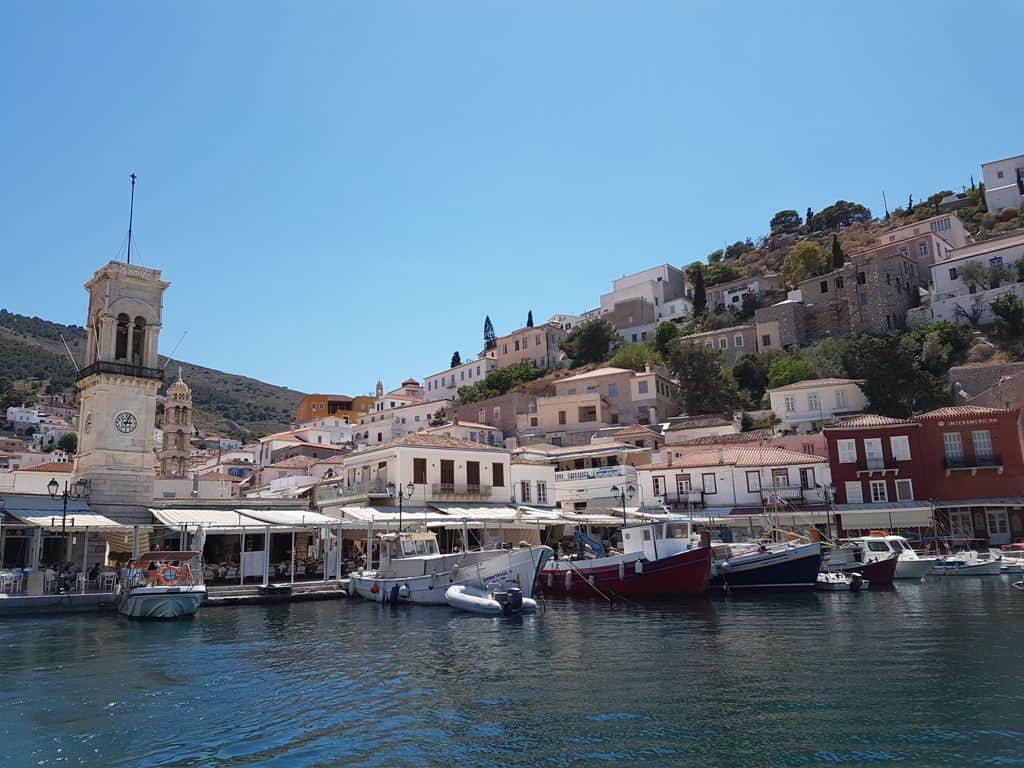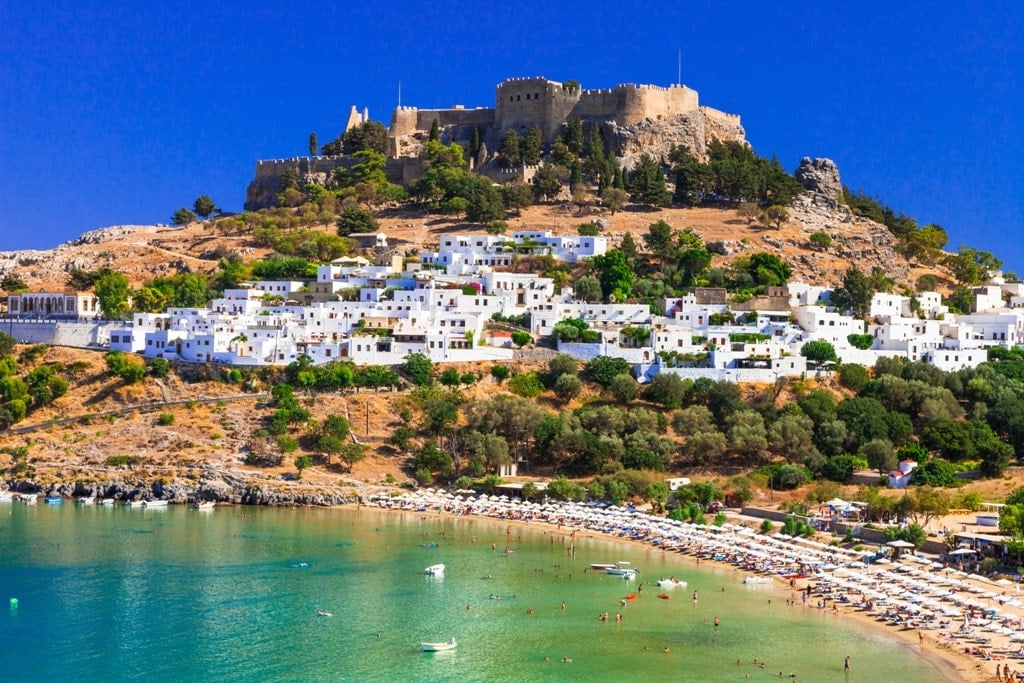A Guide to Mystras, Greece
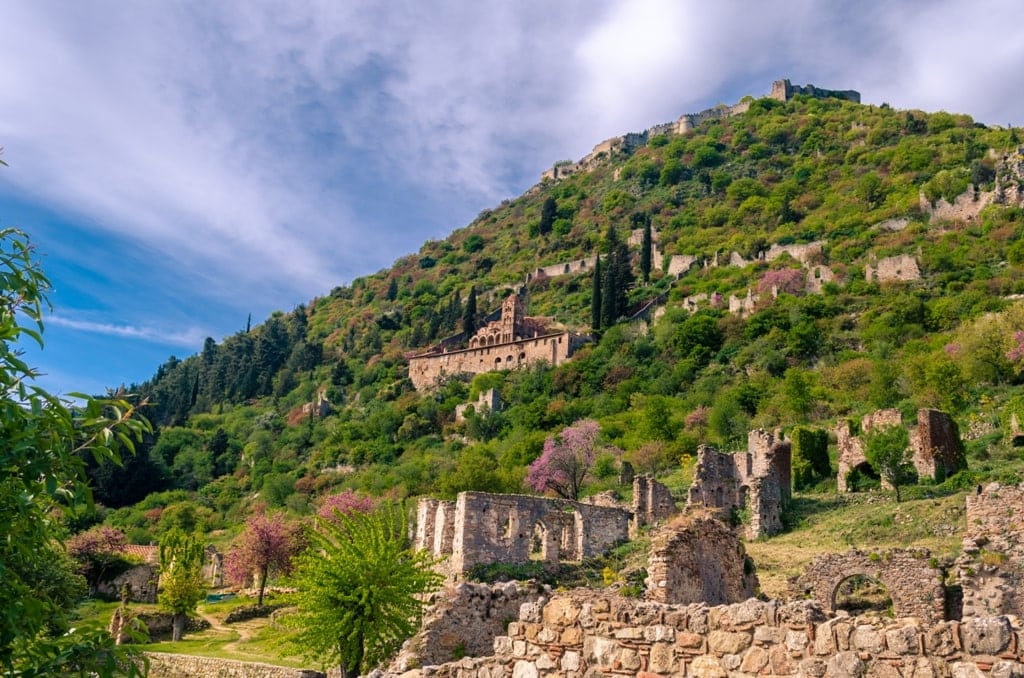
Located five kilometers west of Sparta, at the foot of Mount Taygetos, Mystras is considered to be one of the most important historical sites in the Peloponnese.
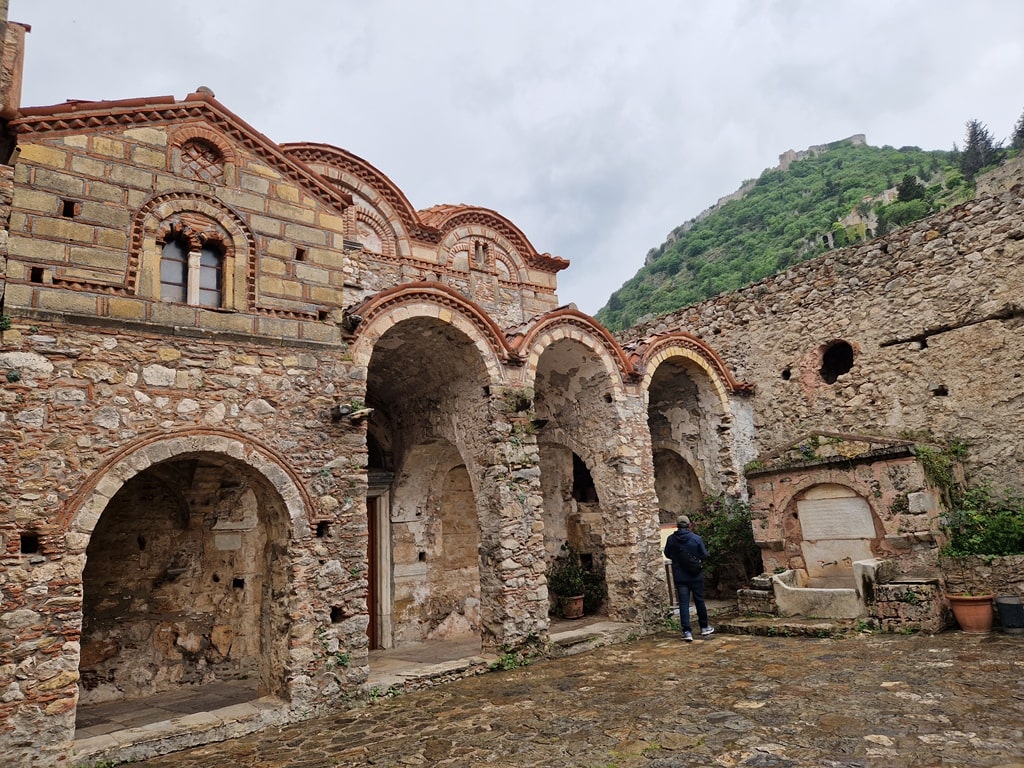
The site boasts a rich history that stretches from the 13th to the 19th century, being an important political, religious, intellectual, and financial center. Many buildings survive to this day, as Mystras continues to attract visitors from all over the world.
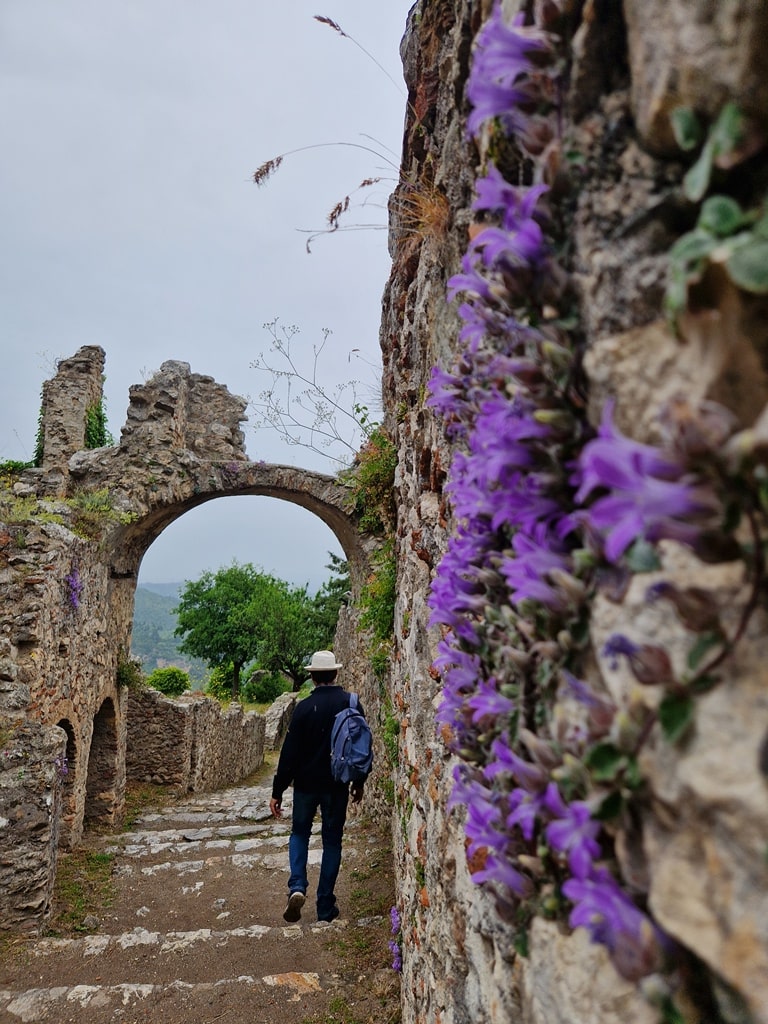
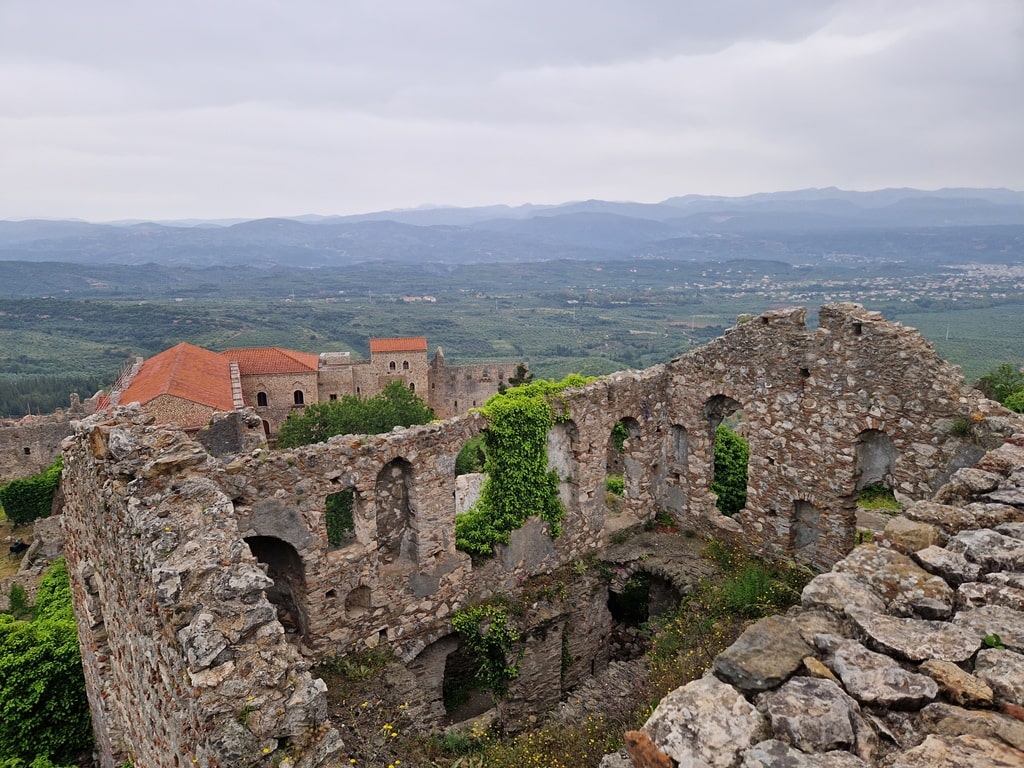
In the 15th century, the famous Neoplatonist philosopher Georgios Gemistos Plethon settled in Mystras, where he managed to arouse the interest of the West for his interpretation of Platonic philosophy and the study of ancient Greek texts.
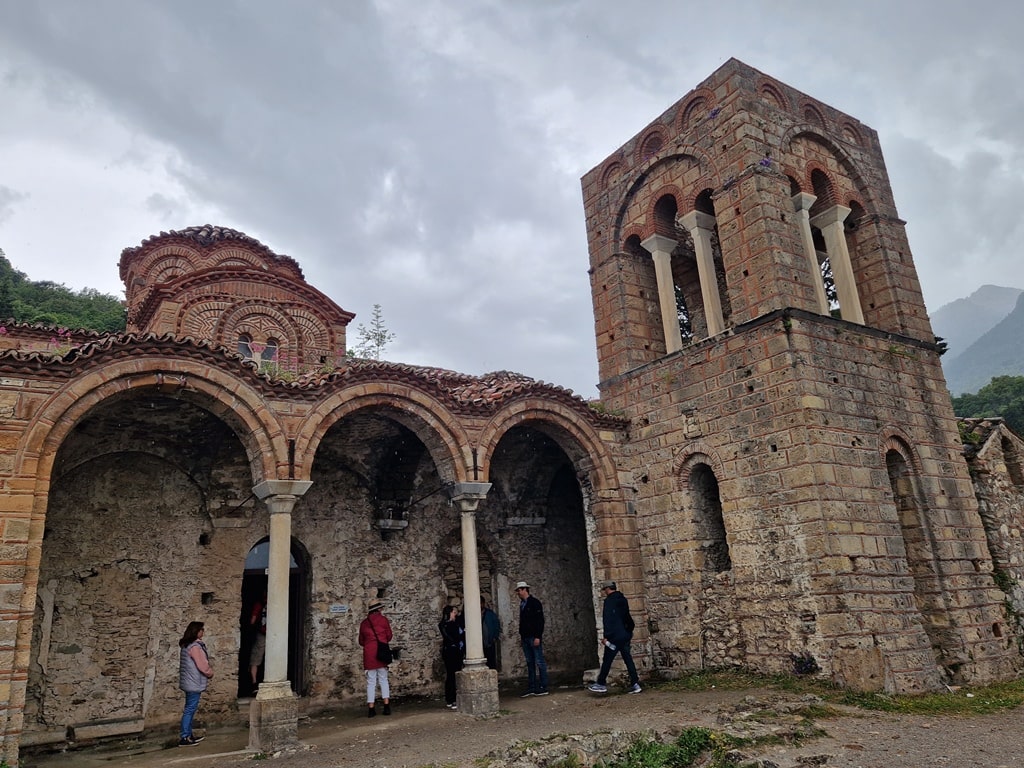
Apart from being an important intellectual center, Mystras was also a financial hotspot. This was in large part due to the four urban monasteries which owned large stretches of land in the area, mainly producing wool and silk.
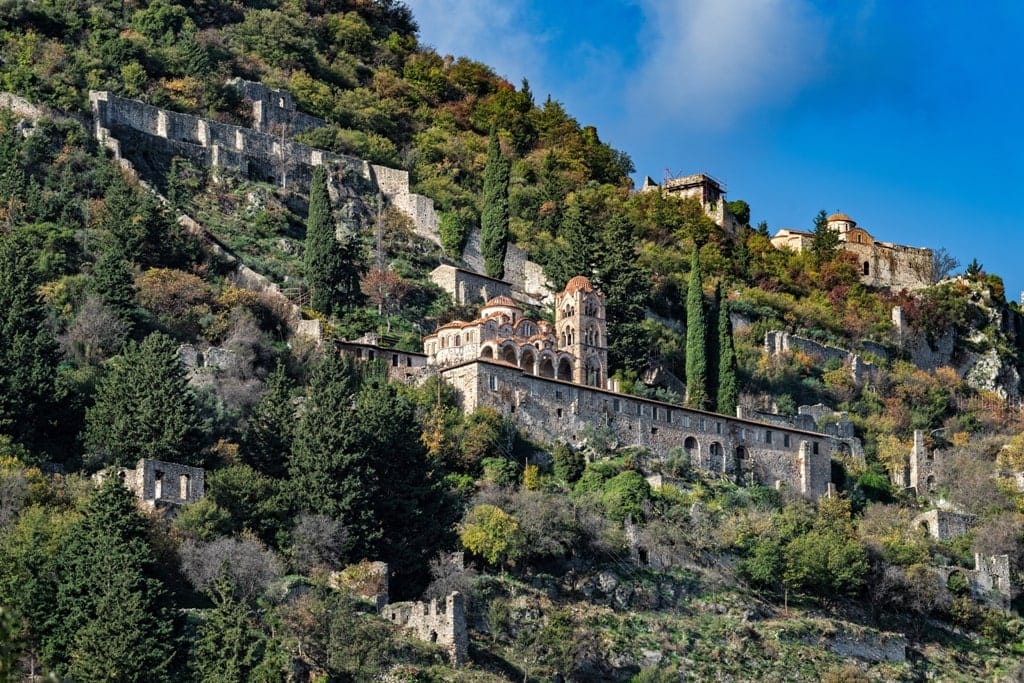
The so-called “Helladic” school of Byzantine architecture, as well as the architecture of Constantinople, projected great influence on the distinct architecture of Mystras.
This is evident from the elaborate spatial planning organization, and the complex urban planning of the town, which included palaces, residences and mansions, churches and monasteries.
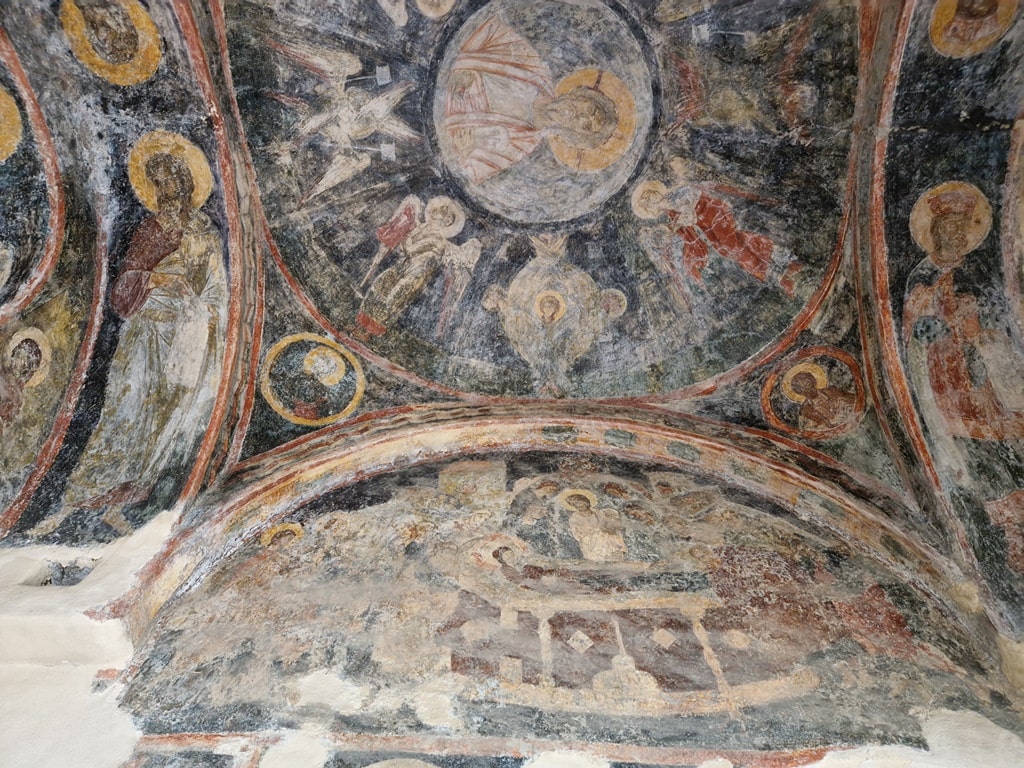
Furthermore, the paintings of the churches and monasteries, such as the monastery of Brontochion and of Christos Zoodotes, deeply reflect the high quality and the eclecticism of the art of Constantinople.
Swipe up to read the full post!

